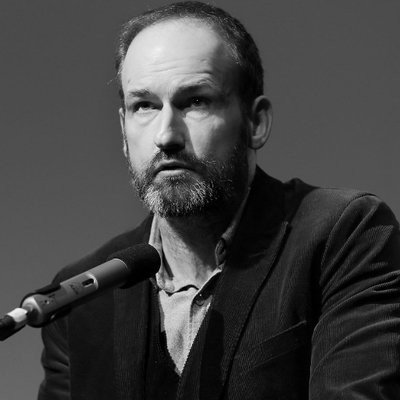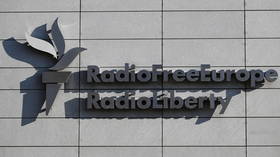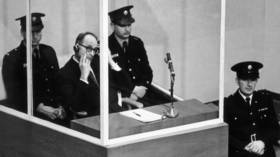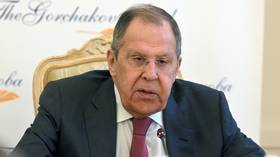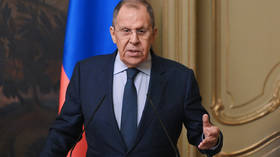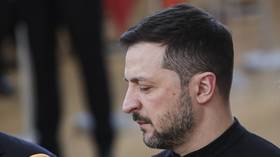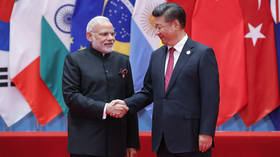Can Syria rebuild itself and win the peace after years of conflict?
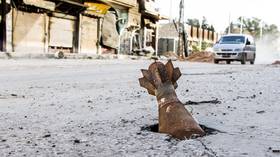
Syrians who fled the country during the conflict are returning en masse. With the end of the conflict in sight, the challenge of reconstruction begins.
Though it would be premature to suggest that the conflict in Syria is finally over – what with the northern province of Idlib yet to be liberated of the last remnants of opposition forces, and what with the continuing illegal presence US troops in the country – the trajectory of events is now pointing in the direction of reconstruction and the challenges involved in rebuilding the country while planning for a future absent of war.
In so doing, reconciliation and meaningful reform must be high on the agenda of the Syrian government and leadership, given the monumental sacrifice and suffering of so many for so long.
Those reforms must take into account the fact that in 2011, when the initial protests in Syria began, a significant section of the Syrian people had legitimate grievances with the government. To suggest otherwise, to argue that President Bashar Assad was overwhelmingly popular or enjoyed the fulsome support of all Syrians back then, and that the protests were somehow part of a Western conspiracy in conjunction with the Muslim Brotherhood, is to lapse into a reductive and simplistic analysis unrelated to the trajectory of events and their fluidity in the midst of what has been a prolonged and brutal conflict.
Those legitimate grievances were largely socioeconomic in nature, grievances held by millions across the region in the same period, responsible for fuelling the so-called Arab Spring.
Specifically, the casus belli for the Arab Spring, which spread to Syria in March 2011, was the gradual introduction of free market neoliberal nostrums by Arab governments in obeisance to the Washington economic consensus in the wake of the collapse of the Soviet Union.
The economic injustice implicit in said neoliberal nostrums sowed increasing economic hardship for those across the region existing on the precipice of poverty. Under such conditions, all it would take was a spark. And such a spark arrived with the onset of the global economic crisis of 2008.
Prior to the introduction of free market neoliberal reforms, millions of Syrians, particularly those in rural areas, were reliant on state subsidies providing basic necessities such as food and fuel. Those subsidies were a legacy of the country’s Arab socialist identity, associated with Baath Party ideology, which borrowed heavily from the Soviet Union’s economic and developmental model.
Here, no one should be in any doubt as to the enormous and seismic impact of the Soviet Union’s demise. For countries such as Syria in the Global South, it marked the end of a precious economic, ideological, and military counterweight to Western hegemonic ideas and intent, rendering them vulnerable to capital penetration. Libya, Syria, even Cuba to an extent, now found themselves forced to accept as compatible with modernisation and development, Western economic precepts under the guise of neoliberalism.
Compounding the deleterious impact of neoliberal reforms in Syria was the prolonged drought that afflicted the country between 2006 and 2010; again particularly in rural areas where crops were decimated, combining with the cutting of state subsidies to produce rural flight.
Just a few months before the Arab Spring landed in Syria in March 2011, an article reinforcing the socioeconomic factors described appeared in free market neoliberal magazine the Economist: “Syria has been edging away from a centrally planned socialist economy to a ‘social market’ one. ‘The last five years have been about deconstructing the socialist ideology in favour of the market,’ says an adviser to the government. ‘The next five will be about implementing it.’ That means big cuts in subsidies and painful belt-tightening for Syria’s far-from-opulent masses. But will the government, seeing unrest simmer in the region in the wake of Tunisia’s upheaval, hold its nerve?”
Specific to Syria, over and above the role of neoliberal reforms and ensuing global economic crash in triggering the protests of March 2011, was the country’s 1963 Emergency Law.
Rescinded by the government in April 2011, this particular law was deeply unpopular. Introduced in the wake of the coup of the same year, 1963, when the Syrian Baath Party seized power, it was ostensibly designed to meet the security threats posed by Israel without, and Islamism within. Its most grievous consequence was the license it gave to the country’s security services to carry out arbitrary arrests and crack down on political dissent with an iron fist.
At this juncture, a distinction must be made between Syria’s security services, the Mukhabarat, and the Syrian Arab Army. The former, as with every security service in the region, developed a deserved reputation for brutality over the years. In his book ‘The Battle for Syria’, author Christopher Phillips reveals that a key demand of the Syrian protest movement in March 2011 was “dignity,” devised in direct reference to the Mukhabarat and its activities.
This being said, in a region undergirded by multiple religious and cultural faultlines, and which exists under the inordinate external pressure exerted by Western hegemony, political freedom and democratic norms have, by necessity, to be balanced against the needs of security. The question is over whether those tasked with upholding that security cross the line into the abuse of power. In Syria prior to 2011, the security services were perceived by a significant section of the population to have crossed that line.
President Assad, to his credit, admitted that in the course of dealing with the initial protest movement in 2011, mistakes were made by elements of the security forces, referring to their excessive use of force in attempting to quash it. While there is an argument to be made that with the upheaval taking place region-wide at the time, and especially with NATO intervening in Libya, the use of excessive force deployed against the protestors in Syria may have been understandable, if not condemnatory, it helped to fuel rather than take the sting out of the crisis.
The trajectory of events in Syria is by now a matter of record. What began as a protest movement in March 2011, demanding reform and inspired by the Arab Spring, rapidly developed into a brutal conflict in the course of which the cancer of Salafi-jihadism engulfed Syrian society, turning it into a struggle for the country’s actual survival as a non-sectarian secular state.
Western powers also descended to turn Syria into a key frontline in the wider struggle to advance the agenda of hegemony, with the objective of toppling a government that had long been identified with resistance to imperialism and its regional proxies.
A point worth making is that the fluidity of events dictated that many who took part in the early protest movement of 2011 and subsequent armed rebellion, later switched sides and ended up fighting on the side of the government, when the stakes involved became clear.
Bringing things up to date, with refugees returning and something approaching normalisation underway, the government, as mentioned at the beginning, faces the challenge of reconstruction. And while the reconstitution of the country’s infrastructure is one thing, the reconstitution of Syrian society presents an altogether more difficult and important task.
What emerges from the ashes of the old Syria will hopefully be a new Syria underpinned by justice, egalitarianism, and a return to something compatible with the collectivist ideas of Arab socialism.
Back to the future lies the road to Syria’s salvation.
Think your friends would be interested? Share this story!
The statements, views and opinions expressed in this column are solely those of the author and do not necessarily represent those of RT.
